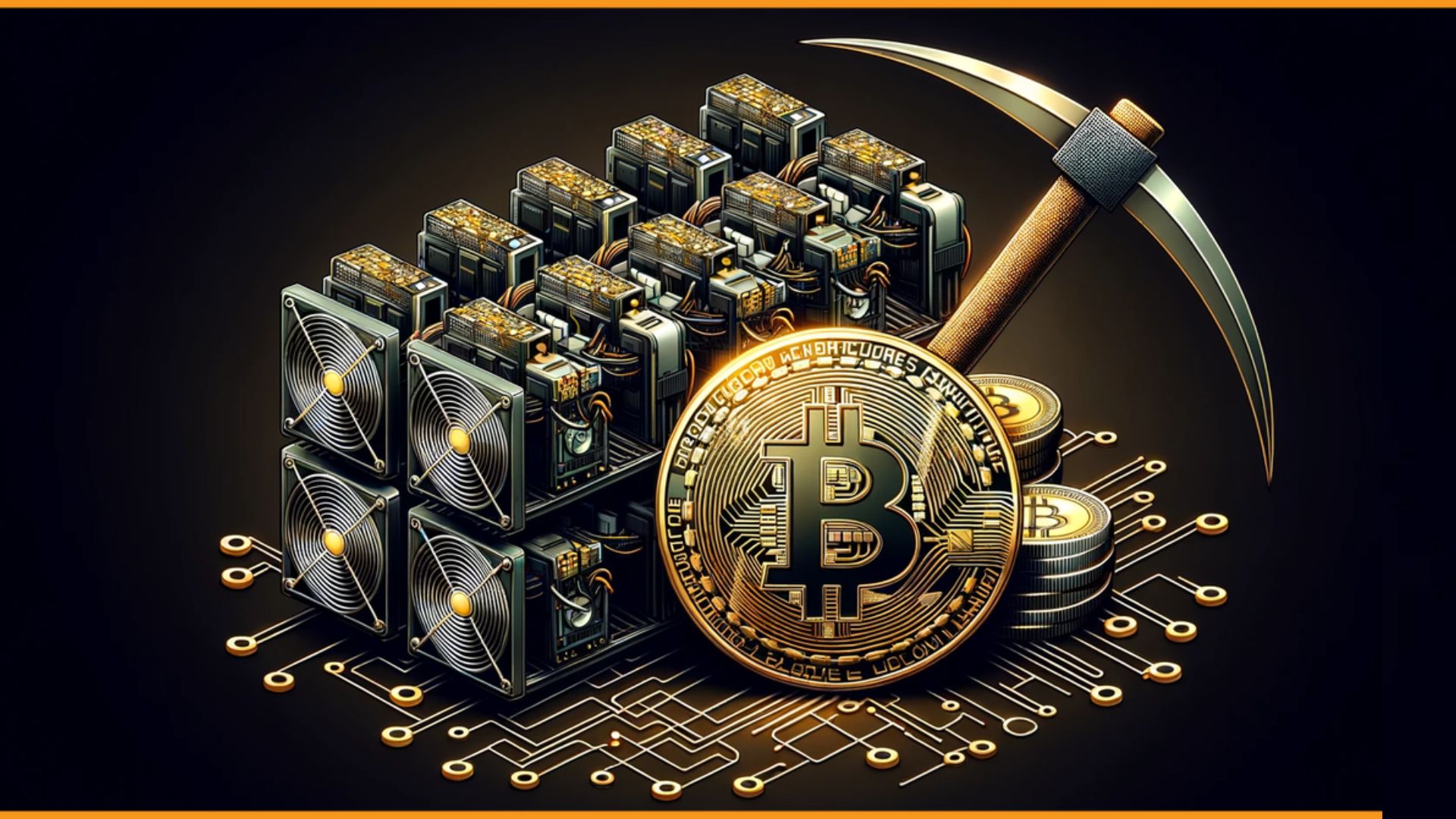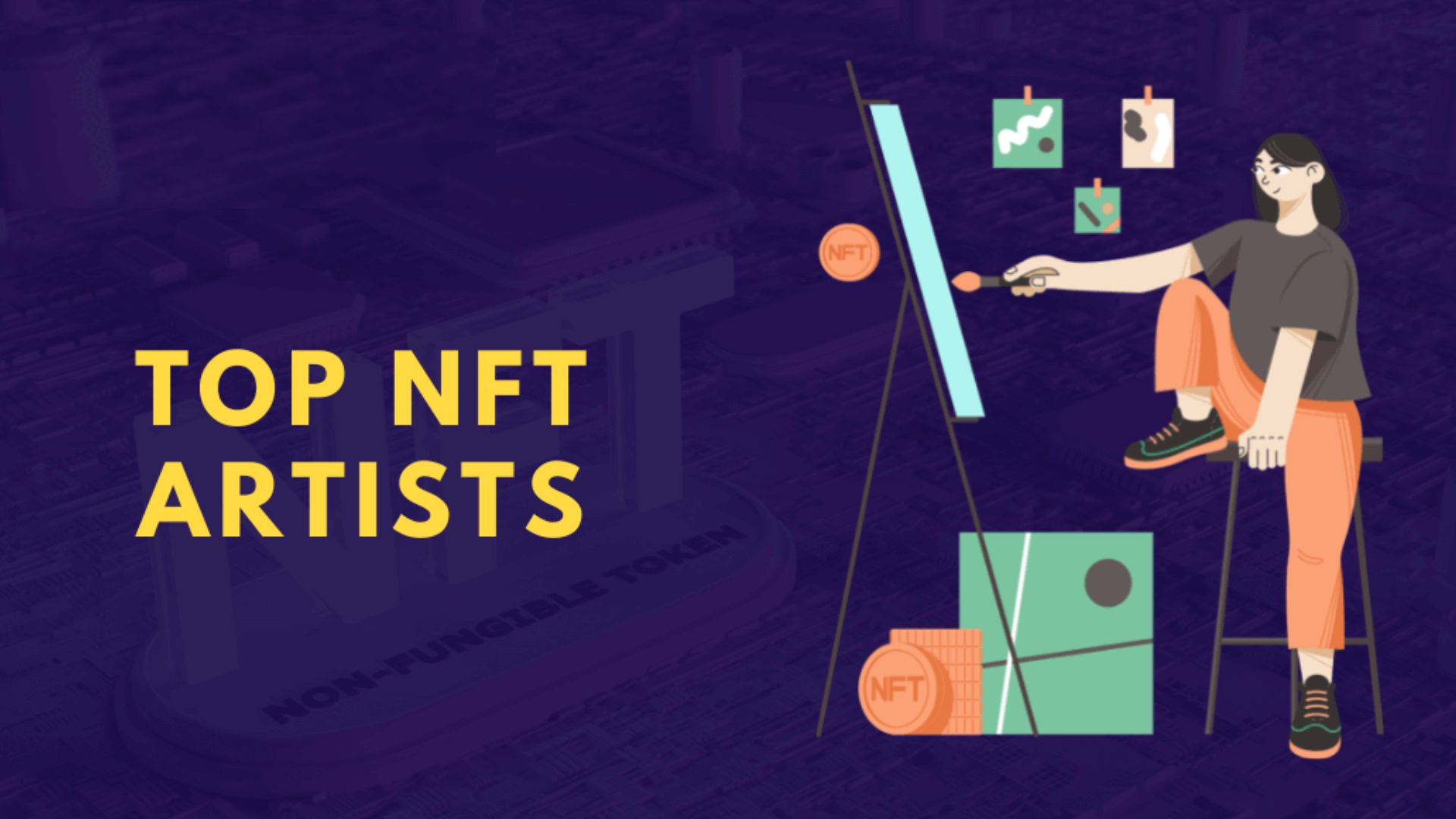Mainnet in Cryptocurrency: A Complete Guide 2024

Mainnet in Cryptocurrency: A Complete Guide 2024. A mainnet, an abbreviation for “main network,” is the principal blockchain network that hosts native cryptocurrency and most of the blockchain’s transactions. It results from development efforts and is thus distinct from testnets and experimental environments. The mainnet’s unique coin serves as a digital asset crucial to the network’s functioning. This local currency relies on governance processes, staking structures, and transaction fees.
Before deploying on a mainnet, blockchain technologies typically undergo test net phases. Programmers can try out these sandboxes without risking real money. When a platform is ready, it goes live on the mainnet, where users can trade actual assets. The mainnet employs a specific consensus mechanism to verify and authenticate transactions, like proof-of-work (PoW) or proof-of-stake (PoS). The mainnet cannot function without validators and miners, whose roles are determined by the consensus mechanism. Mining in proof-of-work networks solves complex mathematical challenges to validate transactions, add new blocks to the blockchain, and earn bitcoin.
Decentralization, to varying degrees depending on the blockchain network, is an essential feature of numerous mainnets. More nodes participating in the validation process result in a higher degree of decentralization. The confirmed transactions cannot be changed or manipulated because the mainnet is safe and immutable. Mainnets often include smart contracts and decentralized programs (DApps) to increase the network’s functionality. Regular upgrades to mainnets can fix security vulnerabilities or add new features but can also cause forks. Changes that are forks can be either “soft” (compatible with older versions) or “hard” (incompatible with older versions).
How Does a Mainnet Work?

The mainnet of a blockchain platform comprises various crucial components that collaborate to enable the network to execute and handle transactions while maintaining the integrity of the distributed ledger. Here are the key elements of a mainnet:
- Blockchain protocol: The mainnet follows the rules and procedures set out by a specific blockchain protocol, which validates and adds transactions to the blockchain. One example of a blockchain protocol is Bitcoin, while another is Ethereum, which is based on the Ethereum protocol.
- Native cryptocurrency: One native cryptocurrency used for various network activities is on every mainnet. Participating in governance procedures, paying transaction fees, and rewarding validators (stakeholders or miners) all fall under this category. The Ethereum mainnet uses the Ether (ETH) symbol, while the Bitcoin mainnet uses the symbol Bitcoin (BTC).
- Consensus mechanism: The consensus mechanism is the process by which the network agrees on the present state of the blockchain. Common methods for reaching a consensus include proof-of-work (PoW), proof-of-stake (PoS), delegated proof-of-stake (DPoS), and others somewhat similar. This mechanism verifies the legitimacy of transactions and prevents double-spending.
- Miners or validators: Although validators in PoS networks are chosen based on the amount of cryptocurrency they own and are willing to stake, miners in PoW networks solve complicated mathematical riddles.
- Decentralized nodes: A blockchain network has nodes, which are computers or servers that hold the entire blockchain. All nodes communicate until they agree on blockchain status. More distributed nodes improve network decentralization and security.
- Smart contracts: A smart contract is an agreement whose terms are encoded in a way that allows it to execute itself. Smart contracts can be used on many mainnets. Smart contracts streamline and guarantee the fulfilment of contractual duties without the involvement of third parties.
- Decentralized applications: Decentralized applications (DApps) provide decentralized features and services through smart contracts and are built on the blockchain. They contribute to the mainnet’s operation and often interact with the native coin.
- Wallets: Bitcoin owners require wallets to store and access their coins. Mainnet transactions are made through crypto wallets, which hold private keys and allow digital asset sending, receiving, and management.
- Exchanges: Exchanges for cryptocurrencies make it possible to trade native cryptocurrencies on the mainnet. Market liquidity is provided by the ability of users to buy, sell, and exchange digital assets.
- Governance mechanisms: Participants can propose and vote on major concerns, such as protocol changes, on specific mainnets. These techniques fortify the democratic and community-driven features of the blockchain network and make decentralized governance easier.
Importance of Mainnet for Users and Developers
The mainnet enables users to conduct real transactions and securely handle assets while giving developers a platform to launch innovations such as smart contracts and decentralized applications. Users and developers rely on the mainnet as an essential component of the blockchain ecosystem. In the eyes of the users, the mainnet is the dynamic, real-life environment where transactions occur, and the local coin has many practical applications. With its assurance of transaction security and immutability, users may rest easy knowing their digital assets are safe.
Cryptocurrency wallets facilitate user interaction with the mainnet by allowing users to send, receive, and manage their holdings. Users can trade and have access to liquidity on mainnet bitcoin exchanges, enhancing the value of their assets. Developers have the perfect setting on the mainnet to test and release decentralized applications and smart contracts. It marks the change from creating and testing in controlled environments, such as tests, to putting their inventions into practice in the actual world. Developers showcase the functionality and usefulness of their blockchain technologies on the mainnet.
Testnet vs. Mainnet

The mainnet is the real, functioning blockchain network, whereas the testnet is a virtual one where users can play around with different cryptocurrencies. Testnets and main nets serve distinct purposes throughout the blockchain development lifecycle. Developers can test and experiment with new features or apps on testnets and simulated environments without cryptocurrency. This allows for risk-free debugging and code optimization. The live and active blockchain network where real cryptocurrency transactions occur is the mainnet. Utilizing the production blockchain version has all the benefits and drawbacks, so it’s a real experience.
Mainnet Deployment Problems for Developers
Blockchain developers face many hurdles while deploying mainnets, including security, scalability, interoperability, compliance, and governance. To overcome these obstacles and provide a smooth, user-centric blockchain experience, they must conduct thorough code audits, build their networks architecturally, and adhere to regulations. Mainnet deployment is a major challenge for blockchain developers. Problems arise when moving from a controlled, risk-free environment on testnets to the mainnet, which affects real-world applications.
Another challenge is ensuring DApps and smart contracts are secure enough to protect users and their assets. Developers must thoroughly test and audit their code for vulnerabilities because even a small slip-up could result in financial losses or exploitation. Scalability is another important consideration when launching a mainnet. As the number of users increases, the network’s capacity will have to handle more transactions per second without slowing down or compromising efficiency. Finding the sweet spot between decentralization and scalability is no easy task; it calls for deep thinking about network design and consensus procedures.
Concerning interoperability, there is also another obstacle. Developers are responsible for providing seamless communication with other decentralized platforms, protocols, and external systems to foster a cohesive blockchain ecosystem. Because developers must adhere to ever-changing legislative frameworks, which may vary globally, monitoring regulatory compliance becomes even more important on the mainnet.
In addition, to handle network upgrades or hard forks without disrupting operational services, community input and strategic planning are essential. While deploying the mainnet, developers must address security, scalability, interoperability, compliance, and governance concerns to create a blockchain experience that is both easy to use and secure.





